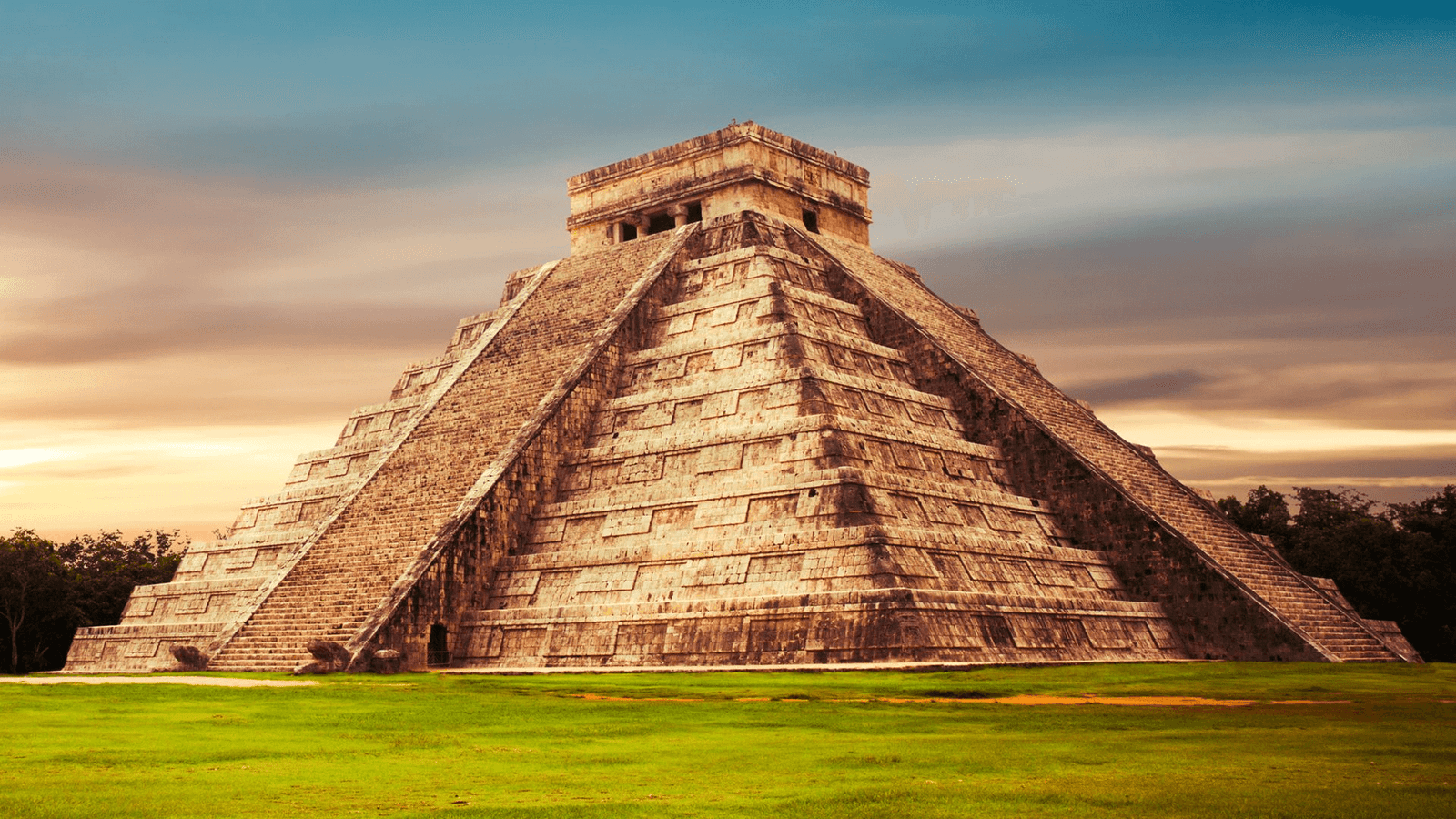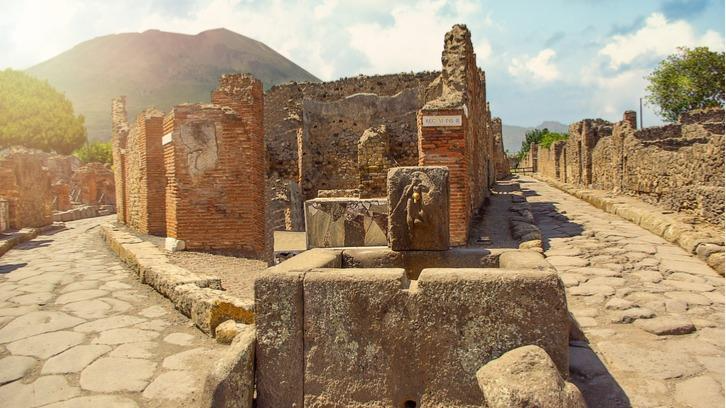The Pre-Columbian Era offers a fascinating glimpse into the civilizations that flourished in the Americas before European contact. This period is rich with history, showcasing diverse cultures, achievements, and innovations. Let’s delve into the key aspects of these ancient societies, their contributions, and their lasting impact on modern understanding.
Overview of Pre-Columbian Civilizations
The Pre-Columbian Era encompasses several major civilizations, each with unique characteristics. These include the Aztec Empire, Maya Civilization, Inca Empire, Olmec Culture, and the Mound Builders.
Key Characteristics of Pre-Columbian Societies
Social structures varied significantly among these civilizations. For instance, the Aztec Empire was highly stratified, with a complex hierarchy that included nobles, priests, and commoners. In contrast, the Inca Empire employed a more centralized system with a strong emphasis on state control over resources and labor.

Economic systems were equally diverse. The Maya Civilization relied heavily on agriculture, particularly maize cultivation, while the Inca Empire developed sophisticated agricultural techniques, including terrace farming.
Technological advancements were notable in areas such as architecture and engineering. The Olmec Culture is renowned for its colossal stone heads, while the Mound Builders created impressive earthen structures, including burial mounds and effigy mounds.
Major Pre-Columbian Civilizations
- Aztec Empire: Known for its intricate urban planning and rich cultural life, including impressive pyramids and a vast tribute system.
- Maya Civilization: Famous for its advanced writing system, calendar, and monumental architecture, such as the pyramids at Chichen Itza.
- Inca Empire: Renowned for its advanced road networks and terrace farming techniques, which supported a vast and diverse empire.
- Olmec Culture: Often considered the “mother culture” of Mesoamerica, recognized for its colossal stone heads and early urban centers.
- Mound Builders: Known for constructing extensive earthen mounds across the eastern United States, including the Cahokia Mounds.
Cultural Achievements and Innovations
The Pre-Columbian Era was marked by significant cultural and technological achievements that continue to captivate historians and archaeologists today.
Art and Architecture
- Aztec Architecture: The Aztecs built monumental pyramids, such as the Templo Mayor, reflecting their religious and social structures.
- Maya Art: The Maya left behind intricate artwork, including detailed stelae and murals that depict their gods and rulers.
- Inca Engineering: The Incas developed remarkable engineering feats, including the vast network of roads and the impressive Machu Picchu.
Technological and Scientific Advancements
- Agricultural Techniques: The Inca Empire utilized terrace farming to maximize arable land in mountainous regions, while the Maya Civilization developed advanced irrigation techniques.
- Astronomical Knowledge: The Maya were adept astronomers, creating a complex calendar system that tracked celestial events with great precision.
Social and Religious Practices
The Pre-Columbian Era was also characterized by diverse social and religious practices that shaped the daily lives of these ancient cultures.
Religious Beliefs and Rituals
- Chavín Religion: The Chavín culture practiced shamanistic rituals and built impressive temple complexes, such as the Chavín de Huántar.
- Mesoamerican Gods: Many Pre-Columbian societies worshipped a pantheon of gods, with rituals and ceremonies central to their cultural practices.
Social Organization and Daily Life
- Class Structures: In the Aztec Empire, society was organized into distinct classes, including nobility, priests, and commoners. The Inca Empire had a similarly structured society with a focus on state control.
- Cultural Practices: Daily life varied widely among civilizations, from the ceremonial practices of the Maya to the labor systems of the Inca.
Archaeological Discoveries and Research
The study of Pre-Columbian civilizations has been greatly enriched by archaeological discoveries, which continue to reveal new insights into these ancient cultures.

Major Archaeological Sites
- Teotihuacan: This ancient city in Mexico is renowned for its well-preserved pyramids and planned urban layout.
- Chichen Itza: A major Maya city known for its iconic pyramid, El Castillo, which aligns with astronomical events.
- Machu Picchu: The Inca city set high in the Andes is famous for its stunning architecture and panoramic views.
Key Discoveries and Their Impact
- Important Artifacts: Discoveries such as the Maya Codices and Inca Quipu have provided invaluable insights into these cultures’ writing and record-keeping systems.
- Contributions to Understanding: Archaeological findings have helped historians piece together the complex social, economic, and religious life of Pre-Columbian societies.
Influence on Modern Societies
The legacy of the Pre-Columbian Era is still felt today, influencing contemporary art, architecture, and cultural practices.
Cultural Legacy
- Contemporary Art and Architecture: Modern artists and architects often draw inspiration from Pre-Columbian designs and motifs.
- Preservation Efforts: Efforts to preserve and represent Pre-Columbian heritage continue to play a crucial role in cultural education and awareness.
Modern Research and Continued Interest
- Ongoing Research: Scholars and archaeologists continue to explore new findings and interpretations, contributing to a deeper understanding of Pre-Columbian cultures.
- Cultural Education: The study of Pre-Columbian history remains a vital component of cultural education, helping to connect modern societies with their ancient past.
FAQs about Pre-Columbian Era
What is the Pre-Columbian Era?
The Pre-Columbian Era refers to the period in the Americas before the arrival of Christopher Columbus in 1492. This era includes various indigenous civilizations such as the Aztecs, Maya, and Incas. These societies developed complex cultures, advanced technologies, and rich traditions long before European explorers arrived.
What were the major civilizations of the Pre-Columbian Era?
Key civilizations of the Pre-Columbian Era include:
- Aztec Empire: Known for its impressive city of Tenochtitlán and intricate social hierarchy.
- Maya Civilization: Famous for its advanced writing system, calendar, and monumental architecture.
- Inca Empire: Noted for its extensive road network and sophisticated agricultural practices.
- Olmec Culture: Recognized for its colossal stone heads and early urban centers.
- Mound Builders: Known for their extensive earthen mounds in North America.
What were some key achievements of Pre-Columbian societies?
Pre-Columbian societies made significant achievements in several areas:
- Architecture: The Maya built complex pyramids, the Aztecs constructed large temples, and the Incas engineered extensive road systems and terrace farms.
- Art: The Olmecs created large stone heads, while the Maya and Aztecs developed intricate carvings and murals.
- Technology: Innovations included advanced agricultural techniques like terrace farming and sophisticated astronomical knowledge, including the Maya calendar.
How did Pre-Columbian civilizations influence modern cultures?
The influence of Pre-Columbian civilizations is seen in various aspects of modern culture:
- Art and Architecture: Contemporary designs often draw inspiration from ancient motifs and structures.
- Agricultural Techniques: Modern farming practices are informed by ancient methods such as terrace farming.
- Cultural Practices: Many contemporary traditions and ceremonies have roots in Pre-Columbian rituals and beliefs.
What are some notable archaeological sites from the Pre-Columbian Era?
Several significant archaeological sites offer insights into Pre-Columbian civilizations:
- Teotihuacan: Known for its pyramids and well-planned city layout.
- Chichen Itza: Famous for the Pyramid of Kukulcán and its astronomical alignments.
- Machu Picchu: Renowned for its stunning Inca ruins and scenic location in the Andes.
In summary, the Pre-Columbian Era is full of fascinating civilizations and achievements that continue to influence us today. We explored their cultures, innovations, and how their legacies shape our world. For more insights and to join the conversation, visit our site. Share your thoughts, leave a comment, or check out more of our engaging content!
Sources:
- National Geographic – The Pre-Columbian Era: A Historical Overview
- Encyclopedia Britannica – Major Pre-Columbian Civilizations and Their Achievements